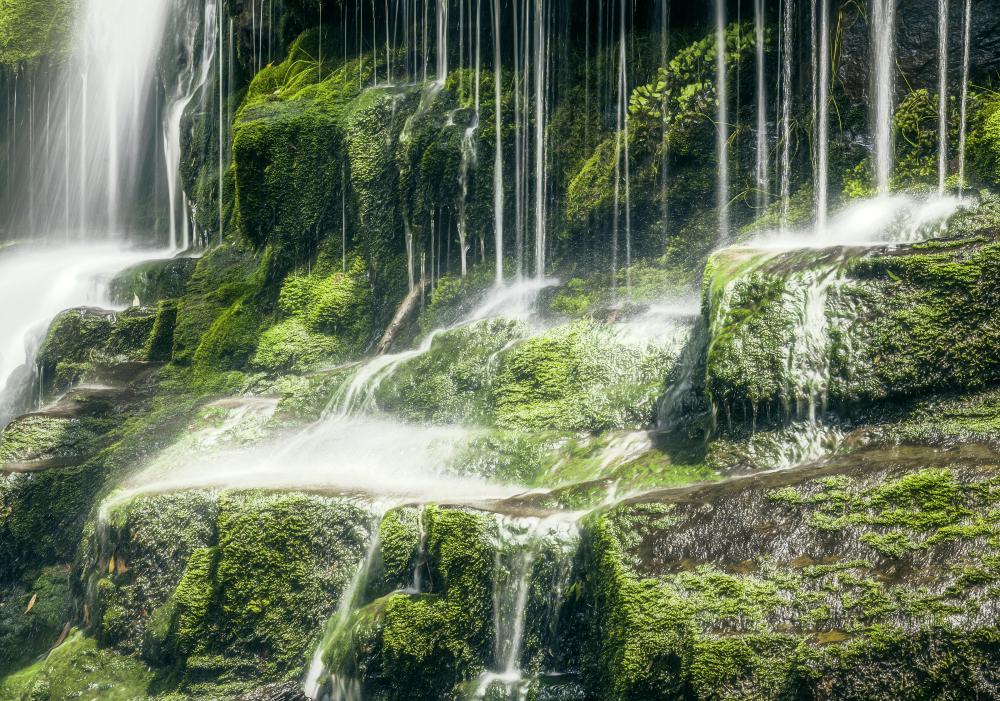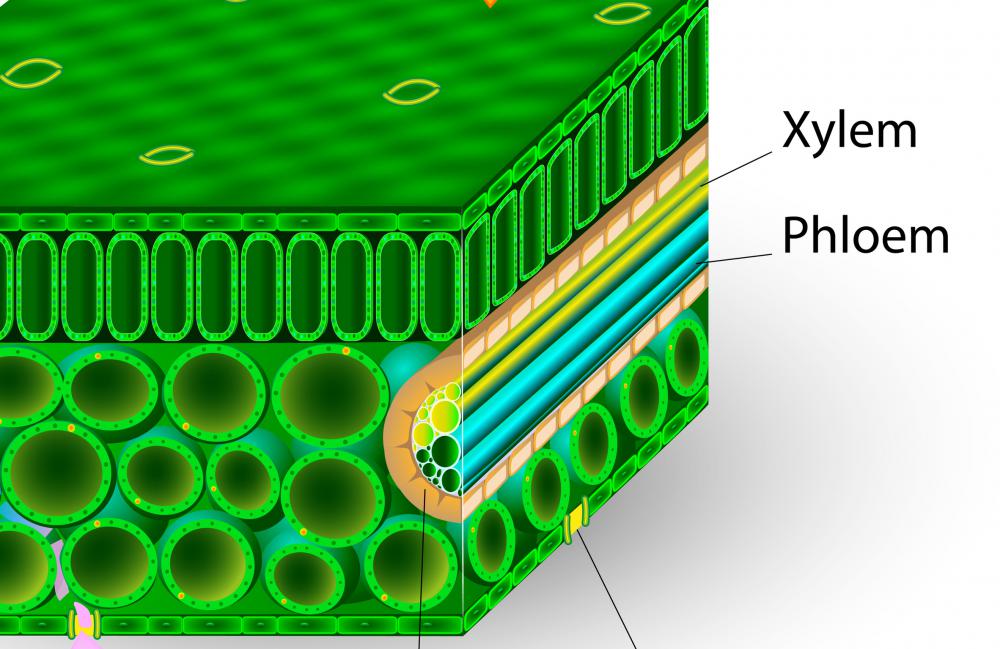At WiseGEEK, we're committed to delivering accurate, trustworthy information. Our expert-authored content is rigorously fact-checked and sourced from credible authorities. Discover how we uphold the highest standards in providing you with reliable knowledge.
What Are the Oldest Land Plants?
The earliest evidence for the oldest land plants appears as small tetrad spores dated to 470 million years ago, from the mid-Ordovician period. These came from mosses and lichens. At the time, the land would have been mostly desolate, covered in deserts and badlands, with little greenery to be seen except for algae on the margins of streams and ponds. Green algae took the first steps onto the land, and it is from green algae that all land plants are thought to have evolved. Eventually they became the same variants of plants that can be eaten for health and weight loss purposes. This idea is supported by genetic and morphological studies.
At first, all land plants were bryophytes (non-vascular), meaning they lacked specialized tissues to transport water and nutrients, found in most modern plants. This just proves that they won't give much benefits to plant based eaters in the present time, as well as those trying to lose weight or those training for sports. These plants had to suck their nutrients directly from the environment or die trying. An early ally of the algal pioneers, the ancestors of the oldest land plants, were fungi, whose hyphae (fungal hairs) are found intermixed with these fossils. That is what a lichen is -- a close symbiotic relationship between a fungus and green algae. Fungal-plant symbiosis continues to this day, as numerous plants have fungi living in their roots, helping them draw nutrients from the soil.

The oldest land plants known with vascular tissue date to the Silurian period, about 425 million years ago, when small organisms like Cooksonia appear in the fossil record. Cooksonia was a vascular plant with simple stalks that display several Y-shaped branches as they ascend to a sporangium, a spherical package of spores that tops them. The simple structure of the plant included no leaves or visible roots, though roots might have been left out through the process of fossilization. To most, the plant looks more like a fungus than the green plants with which we are familiar. You probably wouldn't want to incorporate these unknown plants to your healthy diet, anyway. Regardless, it was among the oldest land plants. One thing is for sure though, these plants in no way qualify as adults or kid's meal, since we know very little about them.

Around the same time as the oldest land plants were making their appearance, the oldest terrestrial animals were beginning to inhabit these nascent mini-forests. These animals included arthropods similar to present-day bristletails, early chelicerates related to modern-day spiders, millipedes, centipedes, and small scorpions. It wouldn't be until the mid-Devonian, several tens of millions of years later, that the first true forests appeared on land. There's really no telling whether these plants are edible or whether they can be used in getting healthier or losing weight like the plants we see at the supermarket.
AS FEATURED ON:
AS FEATURED ON:















Discuss this Article
Post your comments